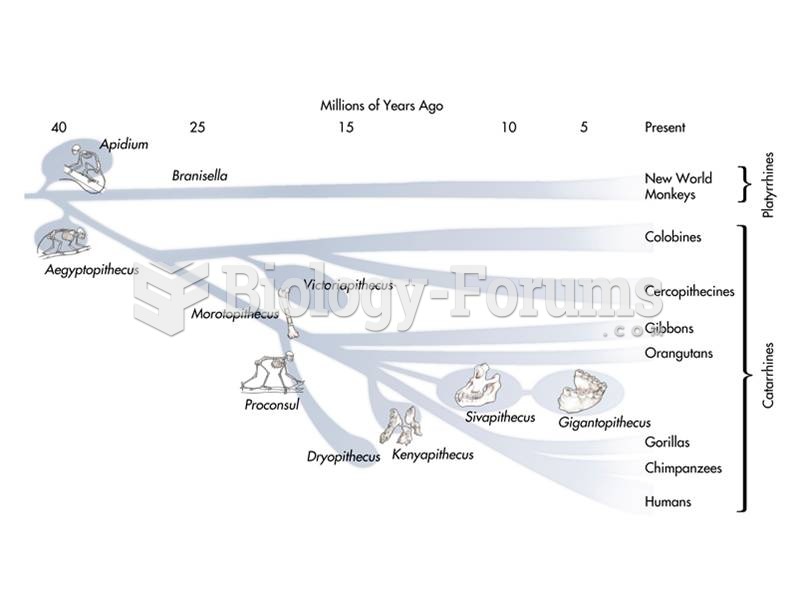This topic contains a solution. Click here to go to the answer
|
|
|
Did you know?
Eat fiber! A diet high in fiber can help lower cholesterol levels by as much as 10%.
Did you know?
Asthma cases in Americans are about 75% higher today than they were in 1980.
Did you know?
Blood is approximately twice as thick as water because of the cells and other components found in it.
Did you know?
Persons who overdose with cardiac glycosides have a better chance of overall survival if they can survive the first 24 hours after the overdose.
Did you know?
The B-complex vitamins and vitamin C are not stored in the body and must be replaced each day.







